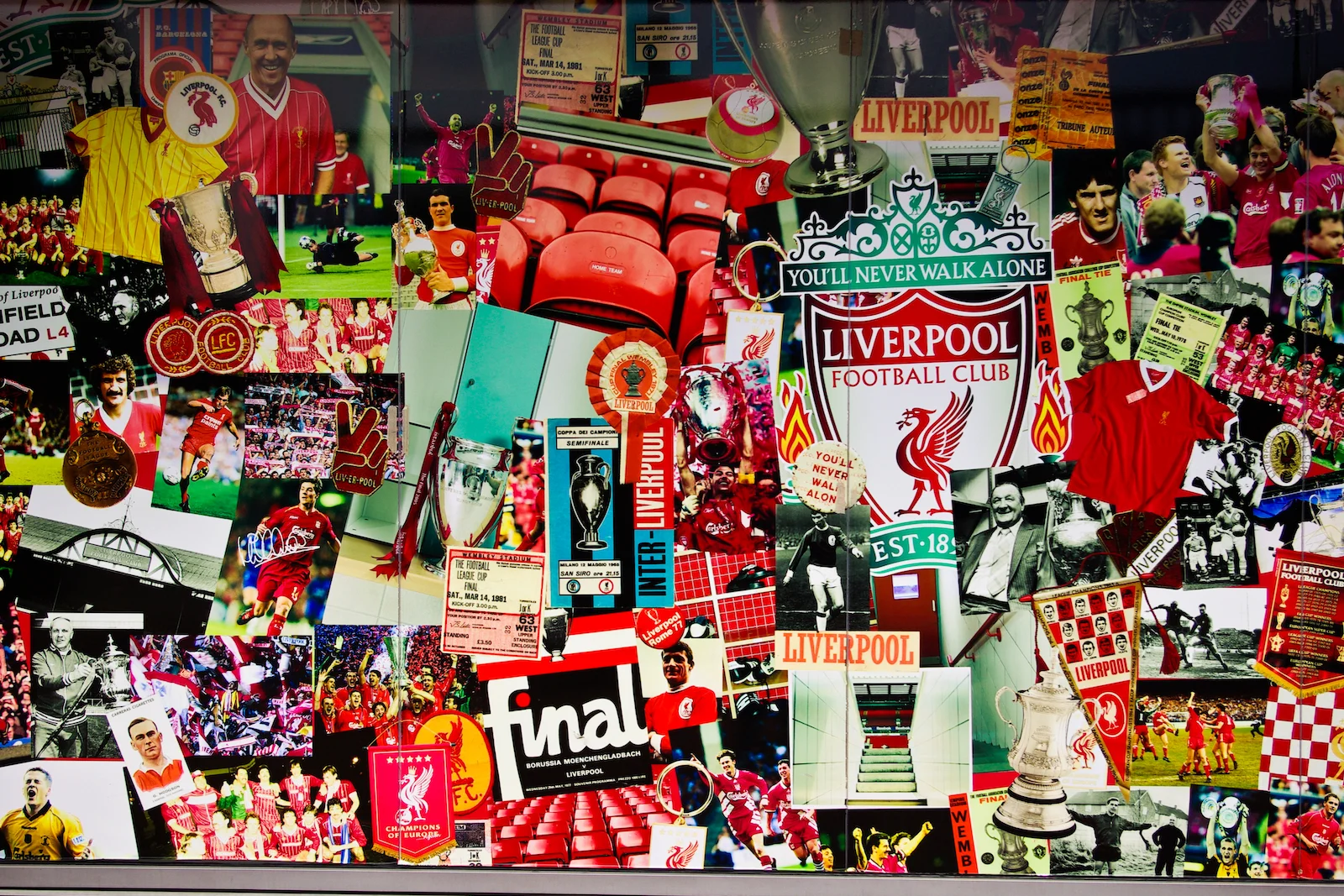
The Good, the Bad, and the Questionable Owners of the Championship.
Before we embark on this journey through the intriguing personalities who own Championship clubs, it’s essential to note that not all the key figures could be included here. Distilling this vibrant and varied roster of characters wasn’t easy, but I’ve curated a selection that best captures the essence of the Championship’s ownership landscape. These owners—whether trailblazers, traditionalists, or controversial icons—embody the many faces of the game. Each one reflects the complex, often contradictory world of the modern EFL, from the admirable to the dubious. Without further ado, let’s dive into it.
As with all stories, it’s best to start on a positive note. Today, that note is Steve Gibson. For those unfamiliar, Gibson is a devoted, lifelong fan of Middlesbrough (Boro) and has been the club’s chairman since 1994. His journey with the club began in 1984 when he took the rare step that many fans can only dream of—becoming a director of Boro. Just a few years later, he played a crucial role in forming a consortium that rescued the club from the brink of administration. In 1993, he took an even bigger step, acquiring 90% ownership of the club’s shares, which led to his appointment as chairman the following year—a position he has steadfastly held ever since.
So, why is Gibson so revered among fans? The answer is simple—longevity. His prolonged tenure at the helm has given Middlesbrough an uncommon level of stability for a Championship team. Since 1994, Boro has moved up and down between English football’s top two leagues, often finishing respectably in the upper or mid-tier standings in each. What’s remarkable about this is that, unlike other clubs prone to cycling between leagues, Boro has never faced a serious risk of relegation to League One. Gibson’s resilience amid the chaos of modern football has made him a respected figure. His ability to disregard the noise around short-termism ensures Boro’s consistent standing in English football, with fans proudly chanting his name at the stadium.
So, that’s the “good.” It does beg the question—who’s the “bad”? It helps to start with a definition: to me, a “bad” football club owner isn’t just someone who mismanages; they must also show a disregard for the club’s history and culture. In the Championship, the owner who best fits this bill is Vincent Tan of Cardiff City. While his reputation has softened somewhat in recent years, his antics throughout the 2010s were enough to earn him a firm place in any discussion of poor ownership.
Tan’s most infamous move was his 2013 rebranding of Cardiff City, changing the team’s primary kit color from blue to red. Now, I don’t want to be patronizing, but let’s spell it out: the “Bluebirds” playing in red is a fundamental mismatch, as jarring as the “Red Devils” of Manchester United taking the pitch in a light blue kit. To make matters worse, Tan openly claimed in 2014 that this “shirt row made Cardiff City world famous.” Given that Cardiff City had already been in England’s top two divisions since 2004—at the time of his comments, the Premier League, no less—it’s safe to say this assertion belittled the club’s established reputation.
Cardiff City also holds a notorious record for managerial turnover. Erol Bulut, their most recent manager, is the first since Neil Warnock in 2018 to last a full season. While this revolving door of managers does little good for any club, it’s a situation Cardiff fans have come to expect over Tan’s 14-year tenure. His ownership has sparked protests and widespread discontent among supporters, with his decisions leaving a lasting impression on the club and establishing a model of what constitutes poor ownership.
And now, we move on to the “questionable.” What exactly do I mean by that? Here, “questionable” serves as shorthand for “currently involved in a UK High Court case, accused of misrepresenting his company’s profitability and misleading investors about the security of their investments.” The man in question is Juan Sartori, a minority owner of Sunderland, a businessman from Uruguay, and even a former presidential candidate. Sartori’s inclusion here isn’t due to his influence over the Black Cats, but rather the murky details of his past. His background raises legitimate questions about why such a storied football institution would allow someone with such a dubious history to be involved with them.
Sartori is currently facing accusations in the UK for fraud, conspiracy, and negligence related to his business, Union Group. Yet these types of accusations have trailed him throughout much of his career. In the 2000s, as Manchester United was dominating the Premier League and Roman Abramovich was building a dream team, Sartori faced similar accusations—allegedly exaggerating his company’s value to lure investors. Perhaps the strangest chapter of Sartori’s career, however, is when he was publicly exposed by none other than…Harvard.
You might be wondering, “How does one even get exposed by Harvard?” Well, Sartori repeatedly described himself as a Harvard graduate in various filings and documents related to his business. However, when the time came for his company to list on the New York Stock Exchange, rigorous background checks by American financiers revealed the truth—Sartori had never attended Harvard. This misrepresentation was undoubtedly an embarrassing revelation.
Given these controversies, it’s worth asking why Sunderland continues to tolerate his involvement. Sartori’s history of questionable conduct and controversy casts a shadow that inevitably extends to the club. Ironically, it is a strange twist of fate that the Stadium of Light should have such a shady figure associated with it.
To sum up, these three figures—Gibson, Tan, and Sartori—each represent distinct aspects of the ownership spectrum within the Championship. Together, they paint a compelling picture of the varied, sometimes volatile, world that shapes modern English football.
